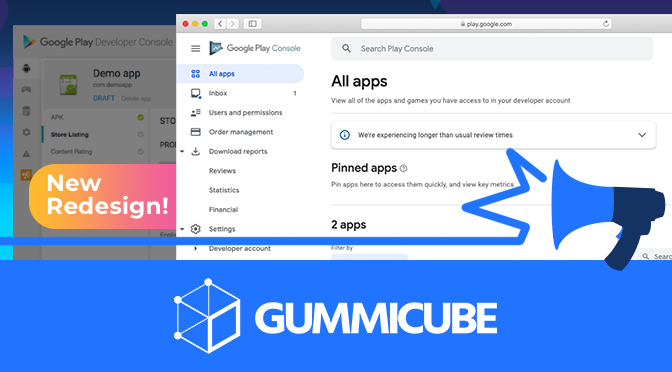
App Store Holiday Schedule 2020
Posted on November 23rd, 2020
When is the App Store Holiday Schedule 2020? Learn about the dates of this year's shutdown and how to prepare.

With the close of Q2, we’re looking back to the beginning of the year to see how revenue and downloads changed thus far for giants of the mobile industry. The numbers are in, and companies like Google and Apple reported positive net revenue, in addition to overall growth of the App Store and the Google Play Store. Google announced back in May of 2017 that the company saw 82 billion downloads from the Google Play Store in 2016, causing surge of revenue for the tech company and app developers. Apple echoed this number by stating at WWDC 2017, the App Store attracts over 500 million weekly visitors and has achieved 180 billion app downloads. On top of this information, it has been reported that across both stores, there as $15 billion in downloads at the end of Q1 2017. Across iOS and Android, downloads also grew 15 percent year-over-year. As the number of downloads and revenue continues to grow, it begs the question what is in store for the app market? Which Company Had More Growth? Despite Google being labeled as the clear winner of global app downloads, Apple is closing the gap in revenue growth. The App store saw 45 percent increase in consumer spending compared to Google’s 40 percent year-over-year growth. Apple now leads in consumer spending by 100 percent, up from their 90 percent lead in Q1 2016. Regardless of Apple being the leader in consumer spending, the company still has catching up to do on the global scale. Globally, most of the phones that shipped in Q4 2016 were Android. This is not surprising considering that Android software is used across multiple devices and the price of Android phones is relatively lower than that of an iPhone. Along with the large number of Android phones shipped last year, third-party Android app stores are also on the rise, especially in China, one of the leaders in the app market. Some of the marketplaces include Tencent, Baidu, and more. Other than China, Google Play is exceptionally recognized in India, as indicated by several of Google’s presentations at I/O 2017. Google has essentially cornered the market in India, making it a key factor in the tech company’s year-over-year growth of 40 percent. Even though Apple has catching up to do in the global app market, the numbers both companies have reported for Q1 2017 are astounding. This immediate progression only meant that the demand of mobile apps will continue to increase.
Just based off the numbers in revenue that the App Store and Google Play Store have already witnessed in Q1 2017 alone, more and more apps are likely to take advantage of a key revenue-generator: in-app purchases. The apps that are more likely to capitalize on the influx of readily available in-app purchases are games. Gaming apps have already seen a trend of more users purchasing in-app content, especially in territories like Japan and China. Games like Pokémon GO helped put AR apps on the map and proved that they could do well in the market. Pokémon GO managed to generate $800 million with the first three months of its release, and is a key reason why AR apps are on the rise. Apple has realized just how big games are and will soon separate games from other apps once iOS 11 launches this fall. Despite the update not being released until Q3 or Q4 of 2017, it still shows that Apple is setting up games to continue being a huge revenue generator.
As Q3 2017 gets started, Apple and Google’s success will only continue growing. The two tech companies are setting themselves up for major success this year and have realized that the way users find apps and games is changing. The two tech companies are both making a bigger shift toward editorialized content, which will shape the way that users find new apps and games. This drastic change completely breaks the mold of how users have been able to find apps and games previously, and will be a key component of how the app market develops this year. Apple has taken their understanding of the app market one step further by making in-app purchases readily available on an app’s product page in iOS 11. This decision is a key component of how the app market will only continue to change and grow, because it is creating less steps for users to readily access content. The changes set to occur in later half 2017 will greatly affect every part of the app market. It is essential to stay up-to-date on how the app market is changing to ensure your app can grow with this new landscape.

When is the App Store Holiday Schedule 2020? Learn about the dates of this year's shutdown and how to prepare.

Apple's App Store Guidelines have strict privacy requirements. Developers now must provide information to users on the App Store listing regarding the data they access.

The Google Play Developer Console has been updated with a new design and adjusted tools. What's different, and how will it impact App Store Optimization?